Creating A Unique Look With Stone
Aside from its natural elements, what really brings a garden to life is how a gardener personalizes it. By mixing stone and sculpture in a variety of ways, your customers can create unique looks for their gardens. Today, personalization reigns as the must-have in all garden décor, especially for the high-end customer wanting something off the beaten path.
Robbie Fitzgerald, owner of Garden Architects, a to-the-trade retail showroom for pre-manufactured and commissioned pieces of outdoor sculpture in Annapolis, Md., helps consumers bring the arts outdoors. “There is no average garden,” Fitzgerald said, as gardens are a breeding ground for creativity and have more room for individuality than inside the home. He views residential gardens as home extensions, which is all the more reason to personalize them.
What Would Nature Do?
Sometimes the thought of adding decorative stone accents to a garden presents itself as an impossible challenge because customers are trying to replicate nature. For J’Nell Bryson of Landscape Architecture in Charlotte, N.C., that’s the most difficult part of her job. When gearing up to design clients’ residential gardens, which includes getting involved from the beginning (designing the entrance driveway, swimming pools, patios, retaining walls, decks, walkways, landscaping, etc.), “I always ask myself,” Bryson said, “What would nature do?”
Bryson has been commissioned not only to add dramatic sculptures to residential outdoor spaces, but also to bring a little of her what-would-nature-do philosophy to the backyard. Such examples include setting boulders near swimming pools to provide more of a natural setting and embedding boulders into the corners of a house’s architecture to appear as if the house was built into the faux rocky landscape.
The marriage of nature made and manmade in the garden makes a statement, but it doesn’t always have to be an attempt at replicating nature. Take for instance one of Bryson’s residential projects where she created a tunnel of steel rings coming up out of and around a garden walkway, inspired by Diarmuind Gavin’s whimsical landscapes, which she called “Slinky.” “Landscaping and outdoor spaces don’t have to be serious, and this was just a fun idea,” Bryson said.
The Basics
Before doing anything, your customer should start with a plan. “Don’t just buy a bunch of plants and start planting without thinking the whole process through,” Bryson said. She suggests sketching out where plants will be placed. Then map out where the decorative accents go.
It’s important to buy the appropriate plant size for the space. “If a plant is going to grow 20 ft. in a tiny patio, that’s going to be a problem,” Bryson said. And it’s equally important to select the right size of garden accents.
Garden accents also need to have the right scale; they need to be large enough to make a visual impact on the landscape. “You can easily make it too visually busy with too many little boulders,” Bryson said, “as opposed to a few nice, big ones. It takes an artistic eye to set those in the right place to make it look good.”
Gardeners need to keep in mind they are dealing with a larger scale outdoors compared with interior decorating, and they should make sure sculptures fit the space appropriately. For a large patio, a 2-ft.-tall sculpture is far too diminutive for the space. “I’ve seen small courtyards where a 2-ft. sculpture looks good,” Bryson said, but “if your yard is 100×200 ft., you probably need to be looking at a sculpture that’s at least 3 ft. tall, maybe 4 or 5.”
Bryson uses boulders to build waterfalls and sitting areas and then plants around them, which can become focal points as you’re walking in the garden. Sculpture should be the focal point of the garden, and when planning a garden space, sculpture placement should come first. “Then,” Bryson said, “use the plant material to frame and highlight the sculpture.”
Decorative Ideas
When selecting sculpture for the outdoors, the mantra “less is more” rings true. “Spend more on a great piece rather than lots of less interesting pieces,” Fitzgerald said. Many consumers are guilty of this problem. “Clutter is not appealing inside or out.” When choosing the right sculpture, Fitzgerald suggests spotting the focal points of the landscape and checking for views from windows, doors or pathways to visualize where its placement looks best.
As for which types of sculpture to choose for the garden, the options are limitless. For those who love when manmade meets the natural in art and landscapes, they’ll appreciate Garden Architects’ series of Frank Lloyd Wright stone planters and garden sculpture designs for a standout garden. Made of cast stone in such earthy tones as terra cotta, cream, limestone and pewter, each piece is an authentic outdoor Frank Lloyd Wright design. Nakoma, for example, is a sculpture of a Native American woman with an arched back, forming a circular shape while holding a child beside her and a bowl in front of her as a symbol of earth and nature.
Celebrity design expert, TV host and book author Kathy Peterson, who specializes in outdoor decorating makeovers, has plenty of clever ideas for your average customers looking to add panache to their gardens with sculpture and stone accents. In addition to scouting out sculptures available for retail, she recommends hiring an independent artist to concoct an original sculpture just for the consumer and his or her outdoor landscape.
For smaller accents, smaller stones can be used to create borders, path fillers and fountain bases. But don’t just stop there. Peterson said gardeners can channel their own artistic talent and create their own art: “Use a variety of small, colored stones,” Peterson said, “to create a pretty mosaic path or edging.” And sometimes, the best stone accents can be found in the most surprising places. Peterson recalls one day when she found “a rather large stone from a river that had unique formations on it from years of water running over it,” which now sits in her parents’ front flower bed as a lovely focal point.
It’s true that the most beautiful garden accents come from nature, but it doesn’t hurt trying to accentuate that beauty with personal flair.









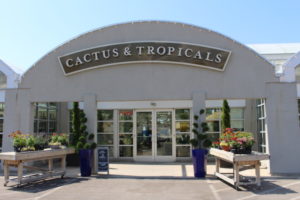
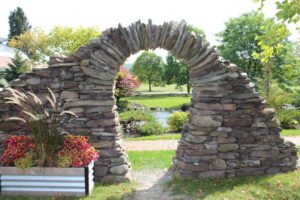


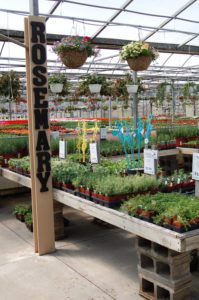

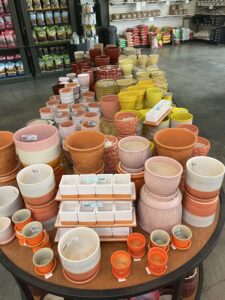
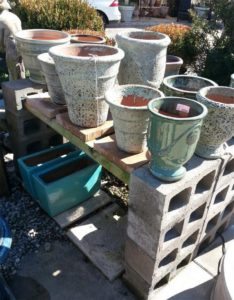
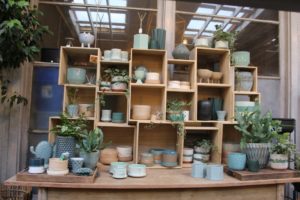
 Videos
Videos





